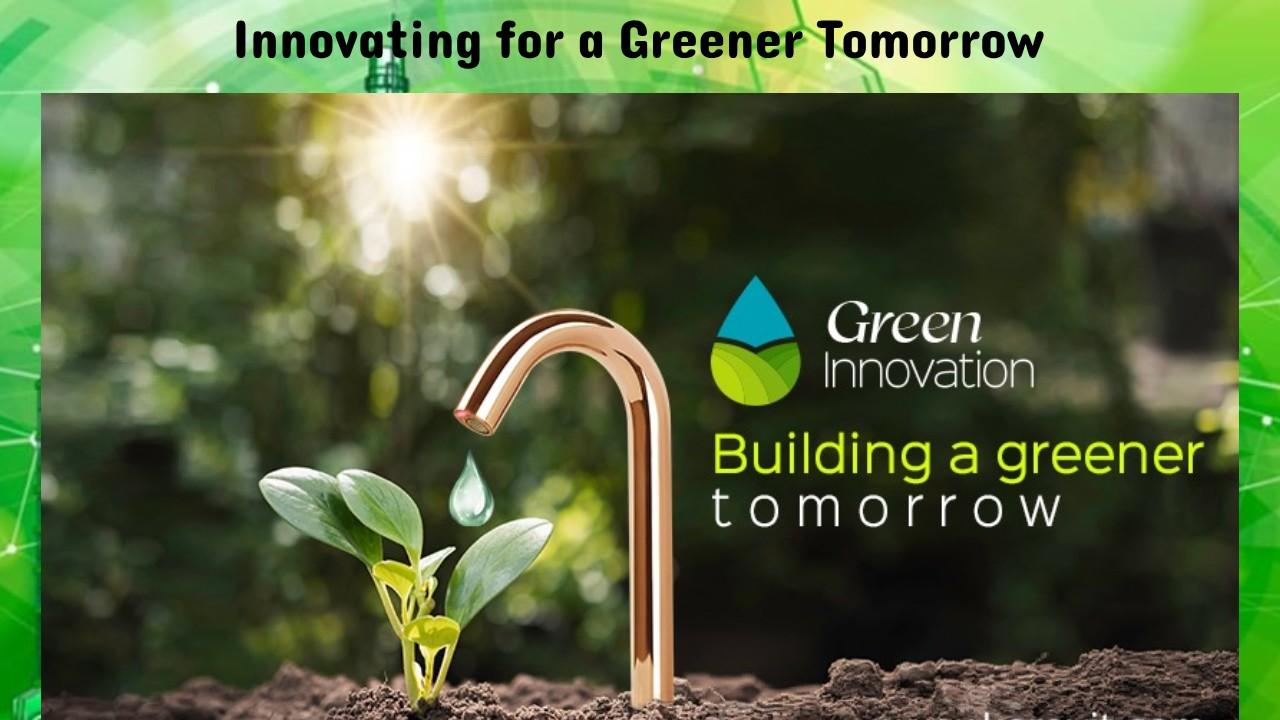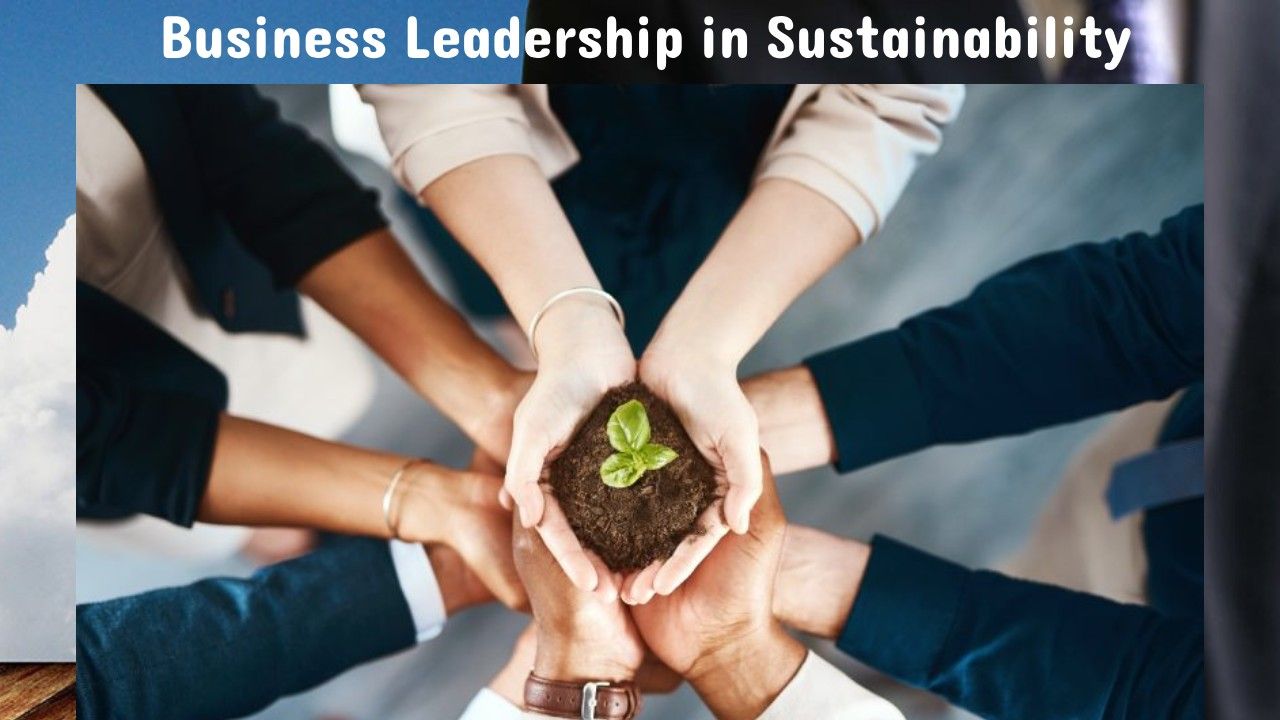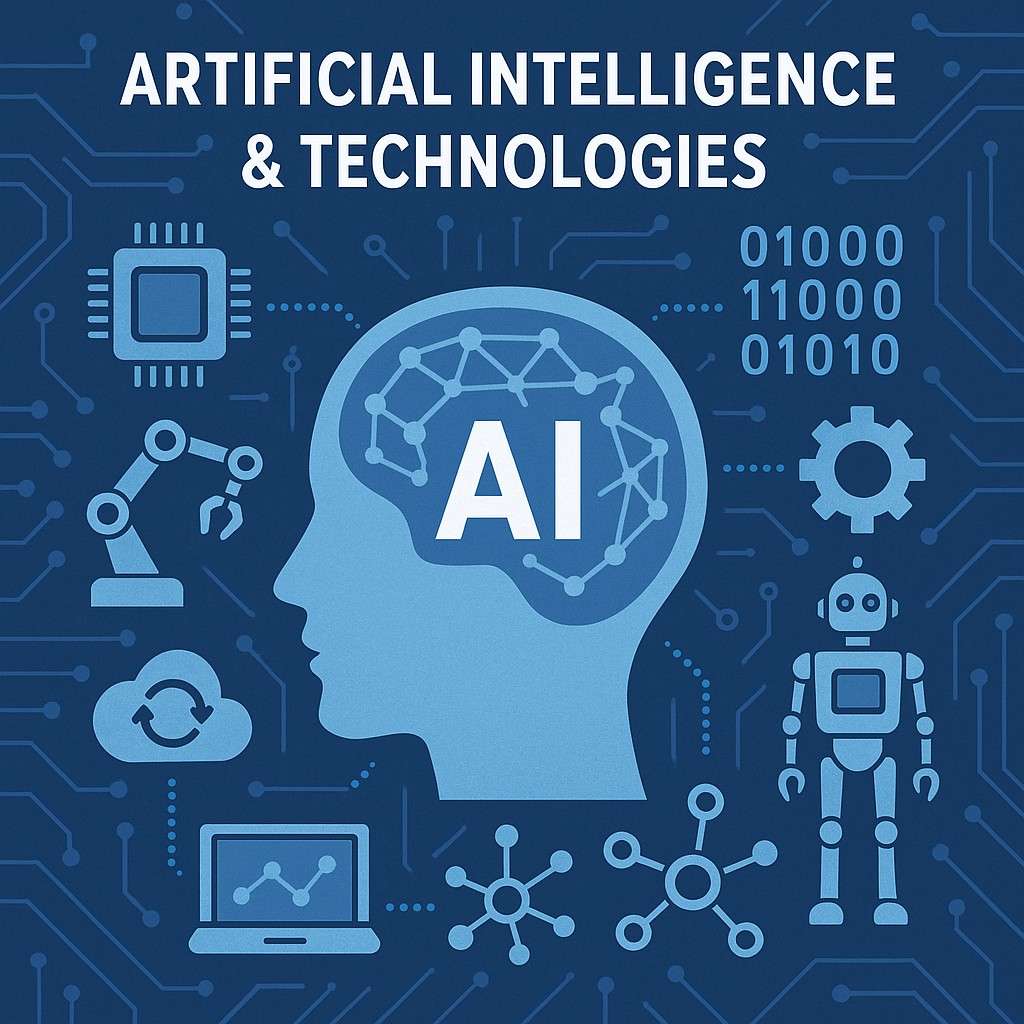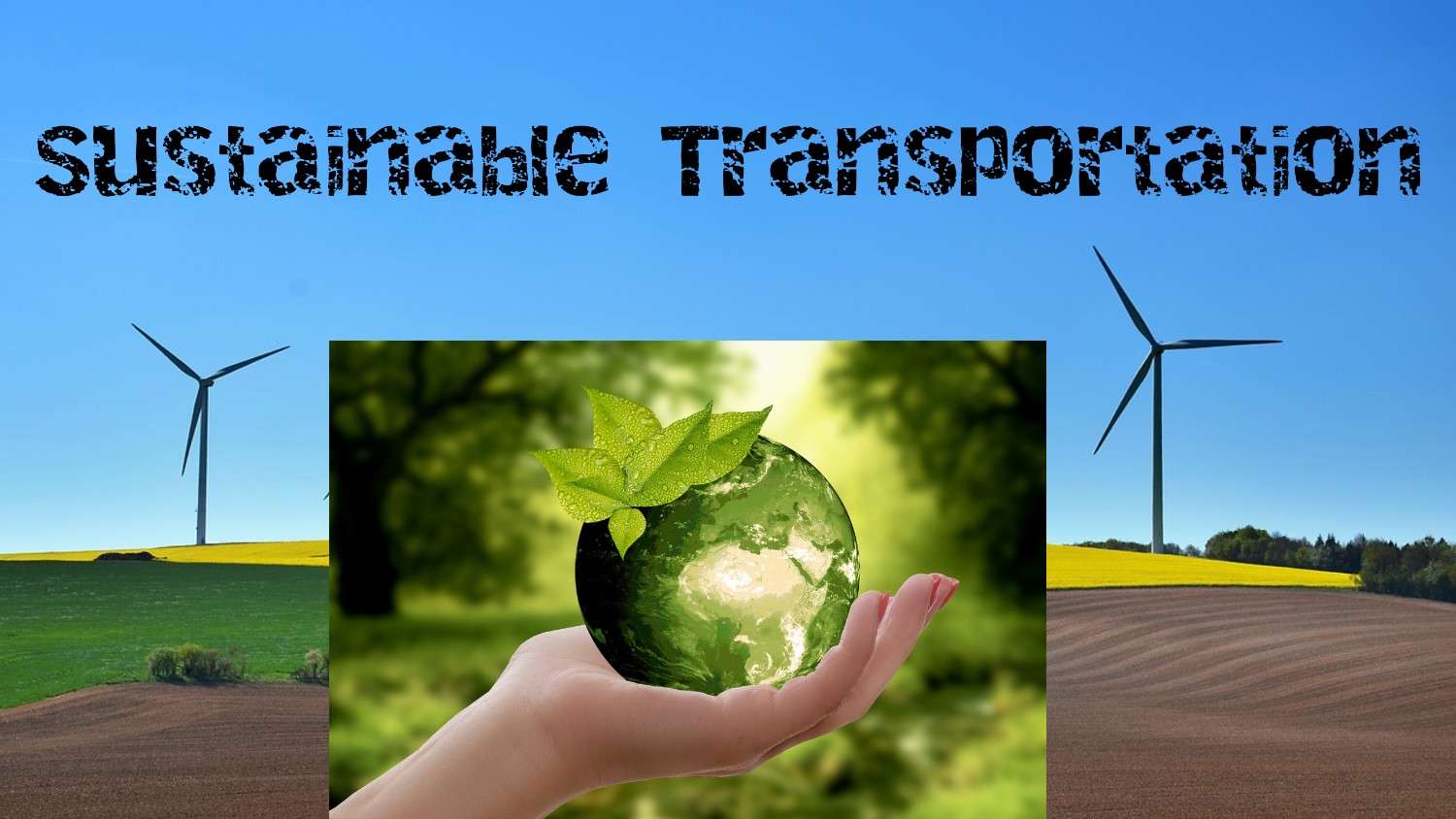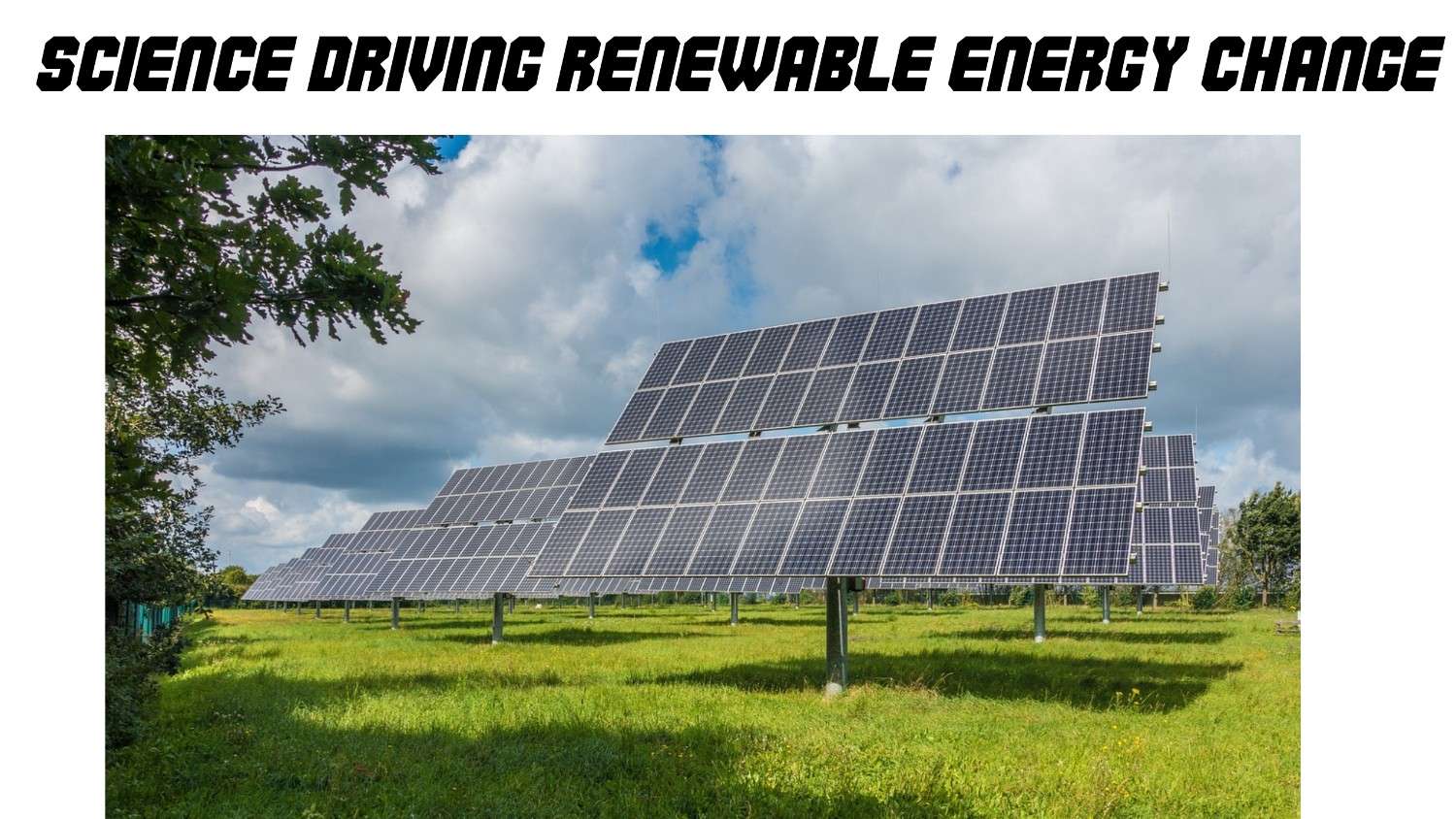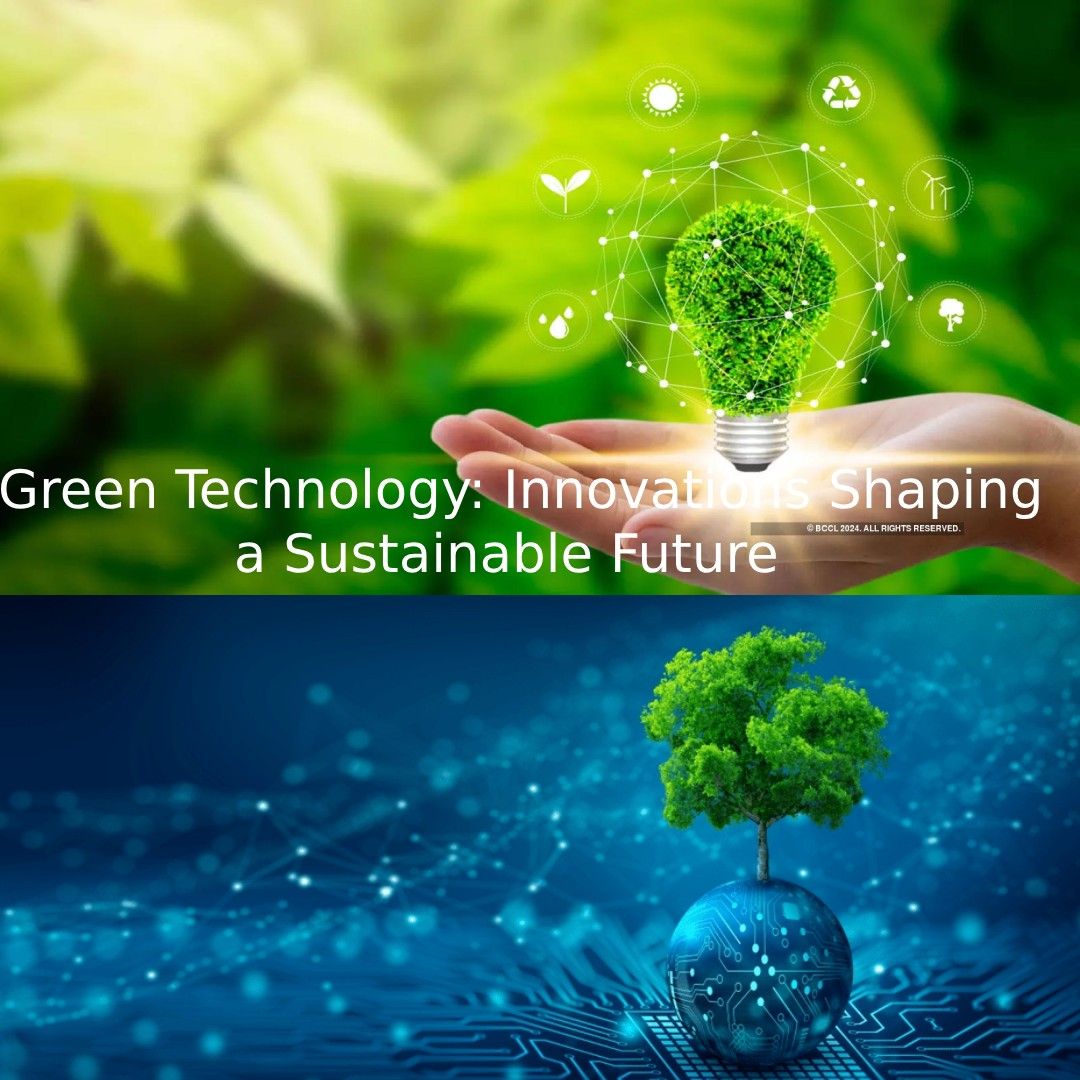In an era defined by climate change and environmental degradation, the need for sustainable solutions has never been more urgent. Green technology—or sustainable tech—is leading the charge toward a cleaner, more responsible future. From renewable energy to smart systems that minimize waste, these innovations are reshaping how we live, work, and interact with our planet.
What Is Green Technology?
Green Tech: Innovations for a Sustainable Future refers to the application of science and innovation to create environmentally friendly products, services, and systems. Its primary goals include reducing pollution, conserving natural resources, and promoting energy efficiency. This broad field spans industries such as energy, transportation, agriculture, construction, and even consumer electronics.
Key Innovations Driving a Greener Future
1. Renewable Energy Solutions
Solar, wind, hydro, and geothermal energy sources are at the forefront of sustainable tech. Advances in solar panel efficiency, offshore wind turbines, and energy storage systems (like lithium-ion and solid-state batteries) are making clean energy more accessible and reliable than ever.
2. Smart Grids and Energy Management
Smart grids use digital technology to monitor and manage the distribution of electricity more efficiently. Paired with AI and IoT (Internet of Things), these systems can reduce energy waste, balance supply and demand, and integrate renewable sources more effectively.
3. Sustainable Transportation
Electric vehicles (EVs), hydrogen fuel cells, and biofuels are transforming the transportation industry. Companies like Tesla, Rivian, and legacy automakers are pushing boundaries with longer-range EVs and more sustainable manufacturing processes. Public transportation is also seeing green upgrades through electric buses and trains.
4. Green Building Technologies
Green Tech: Innovations for a Sustainable Future architecture focuses on energy-efficient materials, smart heating/cooling systems, and sustainable construction practices. Innovations like solar roofs, living walls, and 3D-printed homes using recycled materials are paving the way for eco-friendly living spaces.
5. Circular Economy and Waste Reduction
Instead of the traditional take-make-dispose model, the circular economy promotes reusing, recycling, and remanufacturing. Companies are increasingly designing products with longer life cycles, modular parts, and minimal packaging to reduce landfill waste and resource depletion.
6. Precision Agriculture
Agritech innovations such as drone monitoring, AI-driven analytics, and water-efficient irrigation are making farming more sustainable. These technologies help increase yield while reducing the environmental footprint of agriculture.
Challenges and Considerations
Despite progress, green tech faces hurdles. High upfront costs, regulatory barriers, and resistance to change can slow adoption. Additionally, technologies like battery production and rare earth mining must themselves be made more sustainable to avoid shifting the environmental burden elsewhere.
The Role of Policy and Investment
Government policies and global agreements (like the Paris Climate Accord) play a vital role in encouraging green innovation. Incentives, subsidies, and carbon pricing mechanisms can accelerate the development and adoption of sustainable technologies. Meanwhile, investors are increasingly channeling funds into environmentally and socially responsible ventures, recognizing the long-term value of sustainability.
Conclusion
Green Tech: Innovations for a Sustainable Future is more than a trend—it’s a necessary response to the environmental challenges facing our planet. As innovation continues, these technologies hold the promise of a cleaner, more resilient future. From how we power our homes to how we travel and produce goods, green technology is not just transforming industries—it’s helping to preserve the world for generations to come.


